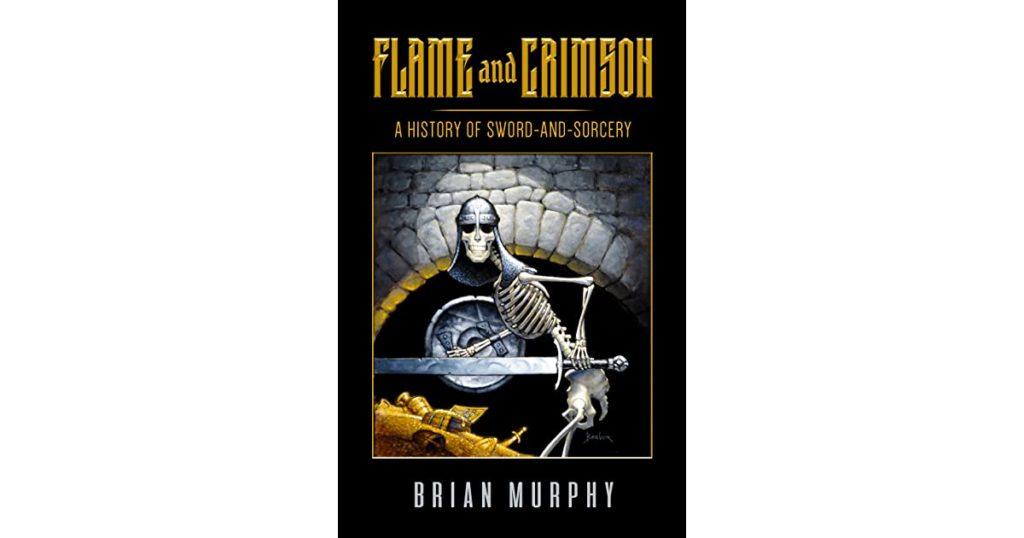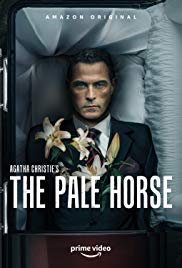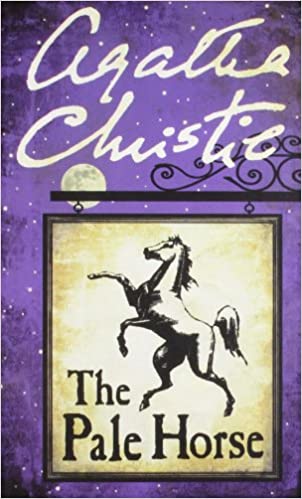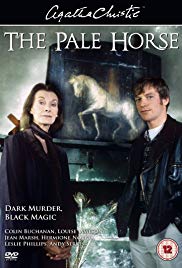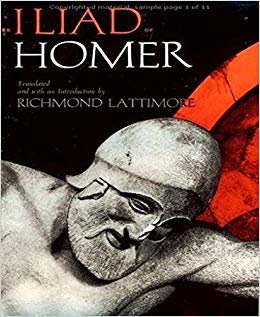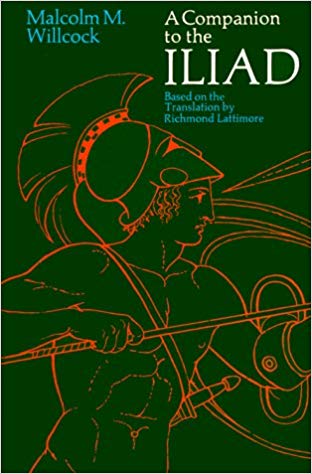Stephen Hough (rhymes with “rough”) is a world-famous pianists who likes to write. Rough Ideas collects many of Hough’s thoughts and opinions. When Hough is sitting in his hotel room before a performance, he likes to write about whatever is on his mind. As you can seen from the Table of Contents below, Hough thinks a lot about a variety of subjects.
My favorite essay in Rough Ideas is “My terrible audition tape” (p. 69) where Hough, a young student, enters a piano competition with a crappy audition performance on a cassette tape (remember them?). What happened next is priceless!
If you’re a fan of music, travel, performance, studio recording, or a dozen other topics including religion, you’ll find Hough’s thoughts provocative and involving. GRADE: A


TABLE OF CONTENTS:
Introduction — xv
Forum
The Soul of Music
“Our concert halls are like museums” — Yes, isn’t that great! — 3
Music in churches: magical ghosts or profane distractions –11
Our wonderful, aging audiences — 13
Dumping the interval — 14
Classical music — for everyone? –16
Poking bows and spitting mouthpieces — 18
Can yo be a musician and not write music? — 20
Can you be a musician and not play or read music? — 21
Hidden musicians, hidden talents — 23
Don’t listen to recordings — 24
Joyce Hatto and listening blind — 25
Meaning what you sing — 27
Old pianists — 28
Gay pianists: can you tell? — 30
Leaving politics out of concerts — 31
Telling tails: do special clothes make a difference? — 32
Stephen, that was really dreadful! — 34
Stuck in a hole or building a tunnel? — 35
Caruso’s garlic breath — 36
Punctured rolls — 38
Is there too much music? — 41
Relics — 42
Bechstein’s fall and rise — 43
What kind of piano do you have at home? 47
Lonely on the road — 48
When I don’t play the piano — 49
Never mind the metronome, learn to use an alarm clock — 51
Disgrace at a concert — 52
Most of the strokes winners, none of them good enough –54
Staying power — 55
The Russian crescendo — 56
Fickleness of feelings — 57
This one’s happy, this one’s sad — 59
What music makes you cry? — 60
Can atonal music make you cry? — 61
Symphonies under ice — 62
Clothing the naked melody — 63
Two women, two songs: in and out of harmony — 64
Is New Age thinking bad for musicians? — 65
Memory clinic and Mozart — 68
My terrible audition tape — 69
Quaver or not: should orchestras use vibrato? — 71
Parlour songs — 73
Breaking the law: a short speech for the Middle Temple — 75
The Proms — 77
Stage
Once more onto the stage, dear friend, once more — 83
Bored on stage — 84
Neurotic on stage — 85
Nervous on stage — 87
Take a deep breath — 90
Routine on a concert day — 91
Flying glasses — 92
Page-turning part of the performance — 93
As the page turns…or not — 94
The musical page-turner — 97
A crucial tip when playing with the score — 97
Out of the cockpit — 99
Humiliation and vomiting at the keyboard — 100
Stage fright and playing form memory — 101
Bad self-consciousness as the death of good self-confidence — 105
Beautiful bloopers: the joy of making mistakes — 106
Can wrong notes be right? — 108
Clap between movements? Please! — 110
Don’t feel you have to clap between movements — 112
Ample amplification — 113
PPProjection — 115
Charismatic — 115
Stanley Kubrick and recording — 116
Red-light district I: the background — 118
Red-light district II: frenzy — 119
Red-light district III: solo lows and highs — 120
Red-light district IV: live or alive — 122
Red-light district V: play it again (and again), Sergei — 124
Red-light district VI: did I really play it like that? — 125
A promiscuous weekend in Amsterdam — 126
Ringtone in Padua — 127
Hysterical laughter on stage — 128
Studio
The practice of practicing: for professionals — 133
The practice of practicing: for amateurs — 135
Random practice tips — 137
There’s no such thing as a difficult piece — 144
Unfinished — 145
Fingering — 146
Remembering what watered our roots — 148
A good edition — 149
Where do you sit to play the piano? — 150
Romantic in should not body: sitting still at the piano — 153
Depressed: the amazing world of the pedal — 153
Depressed again: the (not so) soft pedal — 155
Seldom depressed: the middle petal — 156
A different depression: finger pedal — 157
Trills I: easy does it — 158
Trills II: a good fingering but not with the fingers — 159
Trills III: six random tricks — 161
Up to speed — 161
Agile wings not muscular legs — 162
Beats and bleats — 163
Those who do can’t necessarily teach — 165
Masterclasses — 167
Why don’t (music) students attend concerts? — 168
What does the most talented young pianist need most? — 169
Trying to practice away from the piano and trying to try to pray — 171
People and Pieces
How much do we need to know about the composer? — 177
Elgar the Roman Catholic — 178
Tchaikovsky didn’t commit suicide — 184
Tchaikovsky” First Piano Concerto 185
Tchaikovsky’s Second Piano Concert: why I changed the second movement — 187
Tchaikovsky’s Concert Fantasia — 189
Artificial gushing tunes — 190
Authenticity playing Rachmaninov — 194
Recording Rachmaninov — 196
The other Rach Three — 199
How Beethoven redesigned the cadenza — 200
Brahms First or Second? — 202
Dvorak’s Concerto for Ten Thumbs — 204
Schubert’s hurdy-gurdy man — 207
Schubert and Simone Weil: a note for a CD — 208
The shifting sandals of York Bowen: a note for a CD — 212
Mompou and the music of evaporation: a note for a CD — 218
I don’t love Bach — 227
I don’t hate Bach — 228
Liszt I: the man who invent concert life as we know it — 229
Liszt II: the man who invented modern music — 231
Liszt III: the man who broke pianos — 232
Liszt’s abstract sonata — 233
Both Liszt concertos in the same concert? — 234
Why Chopin’s B minor Sonata is harder to play than Liszt’s — 235
Why Liszt’s B minor Sonata is harder to record than Chapin’s — 237
Chopin and the development of piano technique –238
Chopin, Rothko and the bowler hat — 240
Debussy: piano music without hammers — 235
Debussy and Revel: chalk and cheese — 248
The three faces of Francis Poulenc — 249
My Mass and my tears of joy — 251
My First Piano Sonata: fragments of fragility — 255
My Second Piano Sonata: insomnia in a seedy bedsit — 255
My Third Piano Sonata: totality, dogma, modernism — 256
Alfred Cortot: the poet speaks — 260
Two formidable ladies — 261
Josef Hofmann and Steinway: two greats for an era of greats — 263
Glenn Gould and modern recording — 264
Happy (un)together — 266
Die Meistersinger: Terfel is Sachs –268
When Ernest twiddled the knobs — 269
Douglas Steel’s repetition — 271
RIP Joseph Villa — 272
RIP Vlado Perlemuter — 273
RIP Shura Cherkassy — 276
RIP Lou Reed — 277
Great Greens I: by way of an introduction — 278
Great Greens II: Gordon and the smokescreen — 279
Great Greens III: Mauras and the smile — 281
Great Greens IV: Julien in the kitchen — 284
…and More
What is your motto? — 293
Rilke, and poetry as the root of everything — 294
Beauty, beauty, beauty — 295
No poetry after Auschwitz…but music — 297
Beethoven is my religion — 298
The expectation of change: dis-ease in the twentieth-century art — 300
Teju Cole and neutering poets — 301
Architecture as eureka in Sydney — 303
Mastromatteo’s obsession — 304
The ring of silence: the pots of Anna Paik — 307
Paul Klee at Tate Modern — 308
Almost the same: van Doesburg and Mondrian –309
Gerhard Richter not naked — 310
Old Masters: either we kill them or let them die naturally — 311
Maths and music: joined at the hip or walking down different paths? — 313
Sport and music: on the same team? –316
The curse of the perfect number — 317
The essence of underpants and the lap of luxury — 319
Do musicians tend to be socialists — 321
The Final Retreat: my novel of desire and despair — 323
If I ruled the world — 327
Pleasure — 330
Holy smoke — 333
Beef Stroganoff and a bag of bones — 336
Electronic books: the end of one kind of intellectual snobbery — 337
Good Americans — 338
Thanksgiving for Thanksgiving –340
Willa Cather, Thanksgiving, and the soul of America — 341
Working hard by letting go — 343
Pascal: the brilliant sun or a warm fire? — 345
Monks do it best — 346
Myself or my brain — 348
Daring to hope in Alzheimer’s despairing inner world — 348
Going gentle into that good night: the blessing of hospices — 350
Suicide Let me assist your — 351
Dignity — 354
But on the other hand…some different thoughts on end-of-life issues — 355
Encouragement, falsehood, and Auschwitz –356
…and Religion
Rock or tree? — 361
Empty hands — 362
I am not a Catholic pianist — 362
Could God exist? — 364
What if God doesn’t exist — 366
Region’s moth-eaten tapestry — 368
Do not touch me: the wisdom of Anglican thresholds — 371
Heaven’s above — 372
Becoming Jewish and staying Catholic — 373
Is it Christian to single out the Christians? — 375
Putting the “Mass” back into Christmas — 376
Christmas carols — 378
Sacraments and the sugar-plum fairy — 378
Reformation: the individual or the community? — 381
Crack! — 382
The ghastly tory of Lazarus — 388
Assumptions about the Assumption — 390
The free greats fears — 391
Is he musical? — 393
In earlier times — 399
Sodom and Gormorrah: straight, upside down, inside out — 400
Abortion: can I go there? — 403
A light that is so lovely — 406
A final reflection — 409
Stephen Hough: Discography 1985-2018 — 413
Acknowledgements — 425
Index –427
